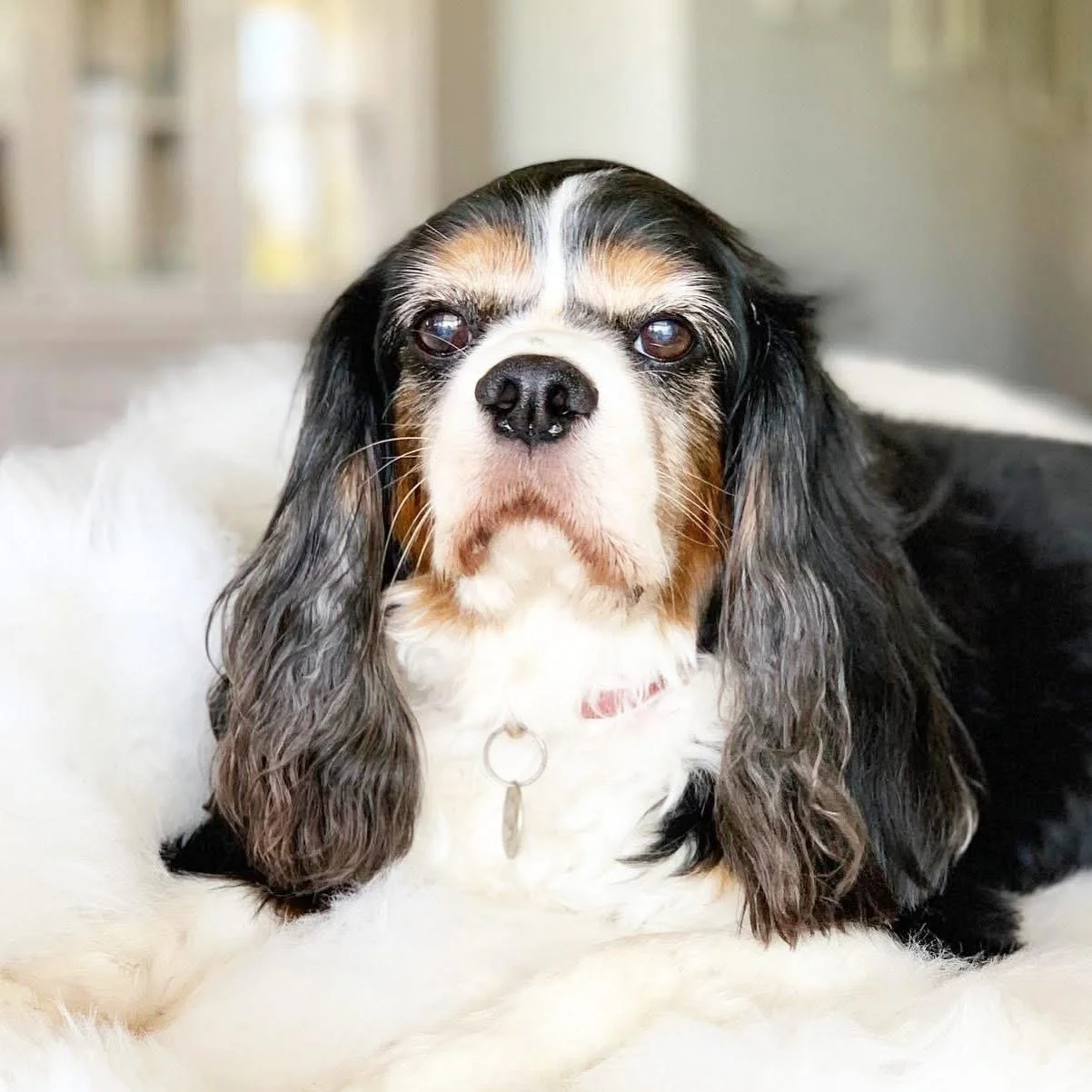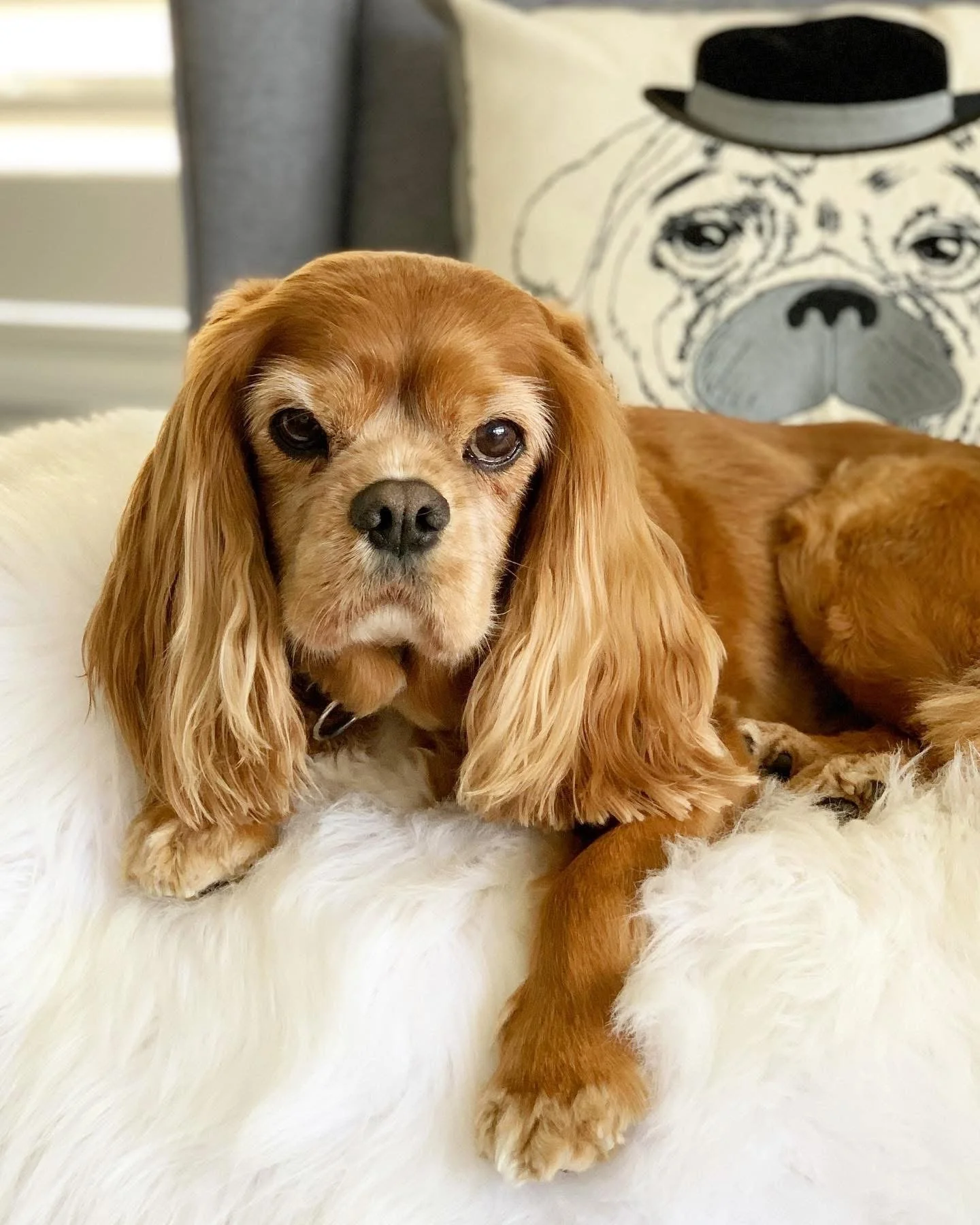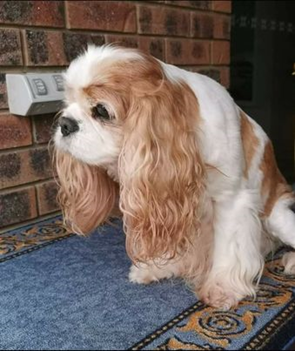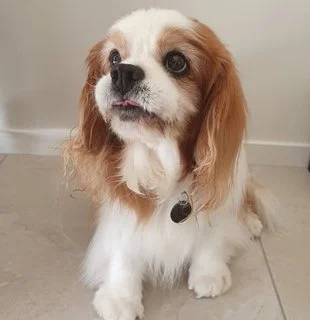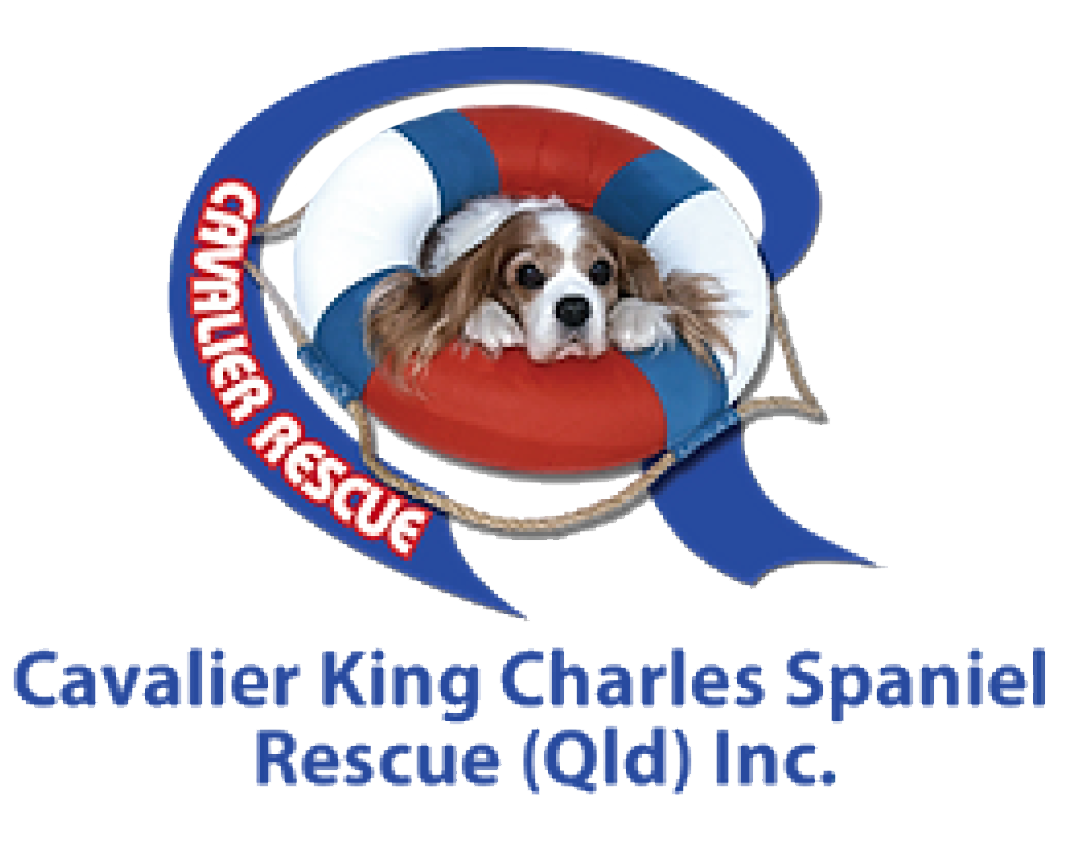Caring for an Older Cavalier
Cavalier King Charles Spaniels reach their ‘senior years’ somewhere between 8-10 years old depending on their health. There are many things you can do to ensure your senior Cavalier maintains a happy and healthy lifestyle through their golden years.
More frequent vet visits - It is essential that you increase their annual vet check to twice a year. This should include a blood check. This will enable your Veterinarian to ensure anything needing treatment can be picked up sooner rather than later.
Regular exercise: Ensure your Cavalier gets regular exercise. This is important to help maintain fitness and joint health. As their age increases moderate the exercise but still maintain it. You wouldn’t expect the average 70-80 year old person to exercise at the same level of a 20-30 year old person and you shouldn’t expect it of your dog. Exercise in different ways such as swimming if your dog is overweight or has joint soreness. If your senior dog cannot walk for long you may like to consider a dog pram. They are safe in the pram and they still get to see and smell everything around them.
Healthy diet: Keep your Cavalier King Charle Spaniel on a healthy diet. Don’t fall into the trap of giving too many treats, just because your Cavalier has mastered the ‘begging eyes’ act perfectly. Being overweight is not good for any Cavalier but it adds more problems for seniors. At CKCSRQ we feed the Cavaliers in our foster care program 5 Hounds by Dr Will. Created by veterinarian Dr Will Maginness, 5 Hounds by Dr Will consists of fresh, lightly cooked, premium, human-grade whole food ingredients that have been ethically sourced. The recipes are science-backed and are hugely popular with our dogs.
Joint mobility supplements: At CKCSRQ we give all our senior dogs Antinol Plus. It is an all-natural supplement made from a blend of marine lipid oils that are fully traceable, sustainably sourced and free from preservatives and fillers. We give it daily as a natural anti-inflammatory to help support joint and mobility health and it helps help maintain skin and coat condition. Use our 5% discount code when purchasing. Just enter R8751002 at checkout. You can purchase at their website. We’ll also be helping us fundraise as we receive a commission for each purchase.
Brain stimulating games: Play brain stimulating enrichment games to improve your Cavaliers cognitive ability. It is important to exercise your Cavaliers brain and their body. Enrichment games that stimulate the brain are a lot of fun for both you and your dog. Examples include hiding their favourite treats around your garden and letting them sniff them out. Another example is hiding treats in empty egg cartons, then closing the carton and letting your dog open it with their mouth and paws. Used toilet rolls provide a great game too, just fold in one end, place a few of their favourite treats inside, then fold in the second end. Then watch as your Cavalier has fun trying to figure out how to open the roll to obtain the treats.
Exposure to new places: Take your senior Cavalier King Charles Spaniel out to different places as an adventure, giving them new sights, sounds and smells. You will both enjoy the new experience. Remember, your dog’s world is only as big as you let it be. Help them explore the world around them, especially in their senior years.
Maintain dental health: Prevention is better than cure as older dogs with health problems, particularly advanced Mitral Valve Disease (MVD) may not be able to withstand the anaesthetic required to have teeth cleaned.
Changes in your home: You may need to make changes in your home such as replacing bedding with a heated one for winter, placing dog steps or a dog ramp next to the favourite chair or couch, putting non-slip mats down in areas where your senior might slip. You may need to adjust things if your dog cannot manage the stairs to reach an upper floor. They may not be able to walk for long periods but still want to be out and about. This is when a Dog Pram is a great purchase. They are safe in the pram and they still get to see and smell everything around them. Any adjustment to help them maintain their independence is great.
Senior Cavaliers are beautiful, check them out.
